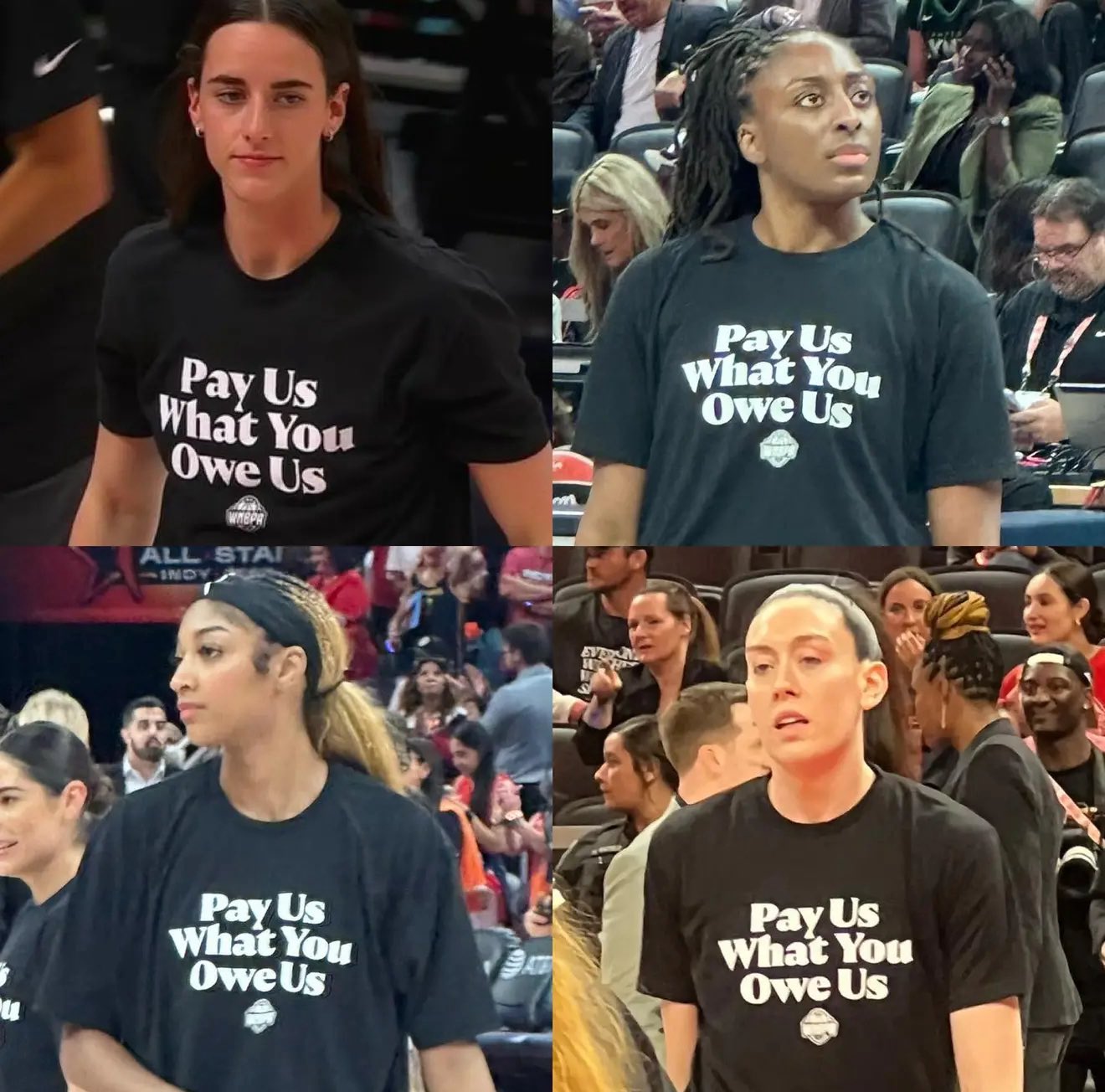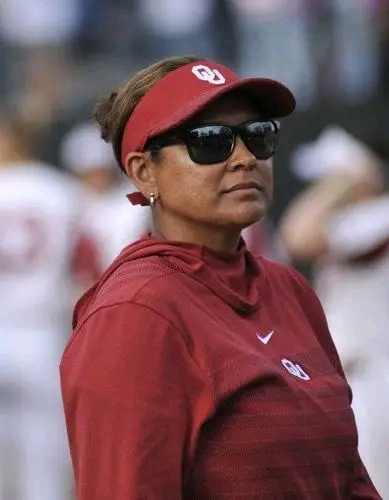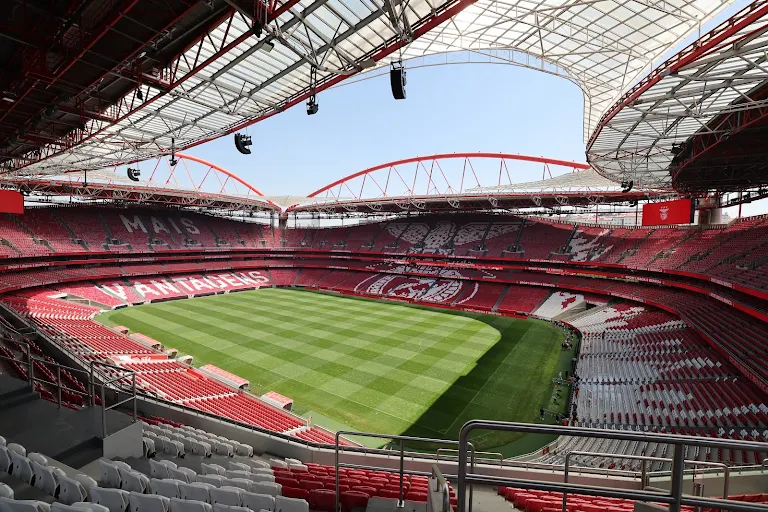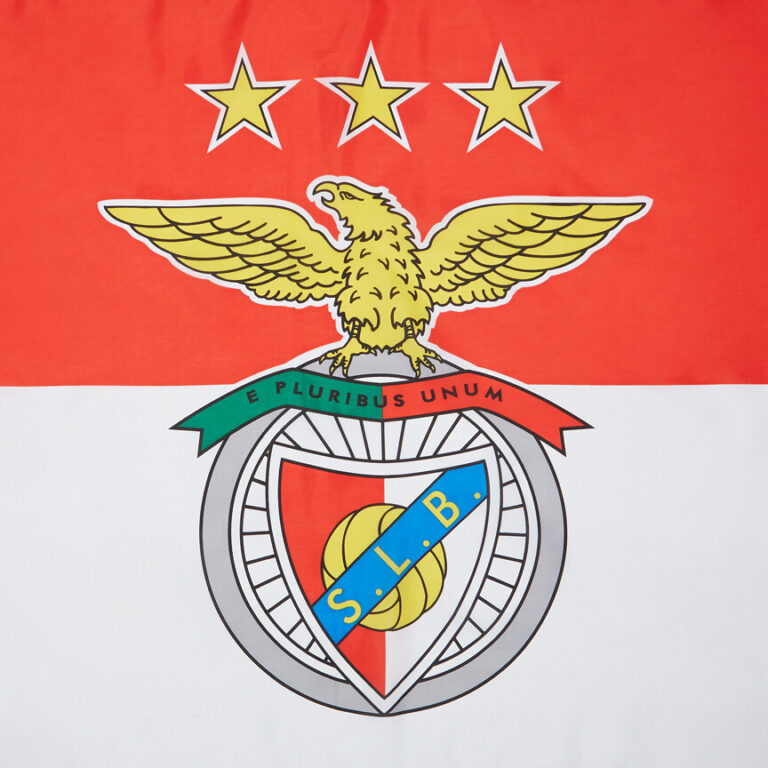
The WNBA is facing a potential crisis as players have issued a firm warning that they are prepared to protest and potentially sit out the remainder of the season if their salary demands are not addressed promptly. This development underscores ongoing tensions between players and league management regarding compensation, working conditions, and the overall valuation of women’s professional basketball.
In recent years, the WNBA has made significant strides in visibility and popularity, with rising TV ratings, increased sponsorship deals, and growing fan engagement. Despite these positive trends, many players argue that their salaries and benefits have not kept pace with the league’s growth and the demands placed on them both on and off the court. The players’ union has been actively negotiating with league officials to secure better pay, improved healthcare, and enhanced support systems that reflect their contributions to the sport.
According to sources close to the negotiations, talks have reached an impasse, with players expressing frustration over what they perceive as insufficient offers from the league. The threat to protest and potentially halt participation in games represents a serious escalation, signaling that players are willing to take bold action to push for fair compensation and respect.
Such a move would have significant ramifications not only for the current season but also for the future of the league. The WNBA has cultivated a loyal fan base eager to see their favorite athletes compete at the highest level, and a player boycott could disrupt schedules, impact television contracts, and challenge the league’s reputation.
Players emphasize that their demands are not just about salaries but also about building a sustainable professional environment where athletes can thrive during and after their careers. This includes improved maternity benefits, offseason support, and investments in community programs that elevate the profile of women’s basketball.
The situation also highlights broader issues around gender equity in sports, as WNBA players seek to bridge the gap between their league and male counterparts in terms of pay and resources. Their willingness to stand united and push for change reflects a growing movement of athletes advocating for fairness and equality.
League officials have acknowledged the importance of the discussions and expressed a desire to reach an agreement that satisfies both parties. However, the window for resolution appears narrow, with players prepared to follow through on their threats if meaningful progress is not made.
As the WNBA season progresses, all eyes will be on the negotiations and the players’ next moves. The potential protest serves as a powerful reminder of the challenges female athletes face and their determination to reshape the landscape of professional sports in pursuit of dignity, respect, and equitable treatment.




